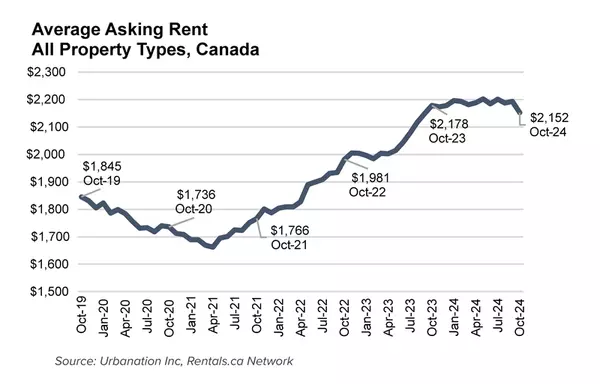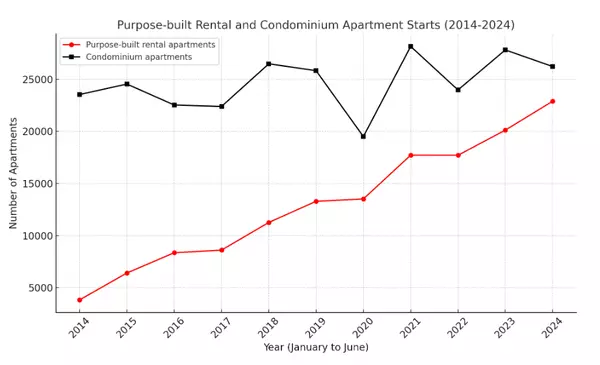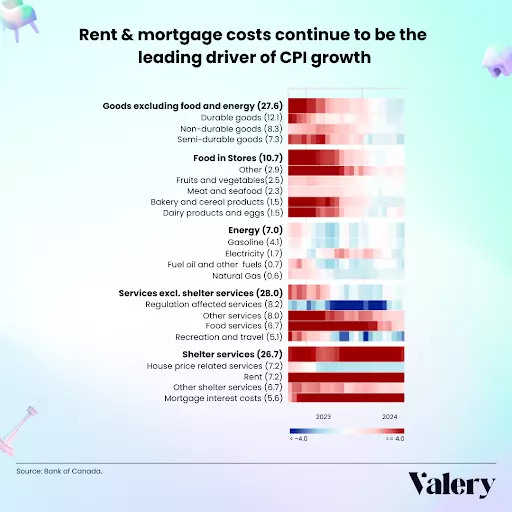Climate Resilience in Canada’s Construction Industry
In recent years, Canada’s construction industry has made strides toward enhancing sustainability in response to climate change. The sector is increasingly adopting renewable energy sources, green building standards, and innovative technologies to reduce environmental impact. Collaboration among governments, industry associations, and other stakeholders has intensified, focusing on reducing carbon footprints and improving infrastructure resilience.
The Canadian Construction Association is emphasizing the need for strategic partnerships and policy reforms to meet Canada’s emissions targets for 2030 and 2050, as part of efforts towards resilience and sustainability. The CCA released a report this September, Climate Resilience in Construction: Building for a Sustainable Future, which outlines the interplay between climate risks and infrastructure decisions, and highlights the urgent need for investments in resilient infrastructure.
Industry Impact and Potential
The construction industry is a major component of Canada’s economy, employing over 1.6 million people and contributing approximately $165 billion annually, representing 7.5% of the GDP. Buildings account for nearly 40% of global greenhouse gas (GHG) emissions, placing a significant emphasis on sustainability in the sector.
The CCA links investment in sustainable infrastructure to reduced GHG emissions. In Q4 2023:
- Slowed Emissions Growth: Emissions per million dollars invested in infrastructure decreased from 230 tonnes in 2010 to 140.9 tonnes in 2022.
- Increased Investment: Infrastructure investment grew by 31% from 2009 to 2023, while GHG emissions increased by only 22%.
- Rise in Clean Inputs: The ratio of clean input investments in construction nearly doubled from 2.3% in 2009 to 4.3% in 2023.
Policy Landscape
Since October 2020, the Canadian government has committed substantial funds to green infrastructure through various initiatives, including:
- $5 Billion in loan guarantees for Indigenous communities.
- $7.2 Billion for the Clean Electricity Investment Tax Credit starting in 2024-25.
- $776.3 Million to extend the Clean Fuels Fund until 2029-30.
- $800 Million over five years for the Canada Greener Homes Affordability Program starting in 2025-26.
These investments complement a broader policy framework aimed at reducing emissions and achieving a net-zero economy by 2050. However, the CCA indicates that more is necessary.
Key regulations to support sustainability include:
- 2030 Emissions Reduction Plan (ERP): Targets a 40% reduction in emissions from 2005 levels by 2030.
- Clean Fuel Regulations: Promote the use of clean fuels.
- Oil and Gas Methane Regulations: Aim to cut methane emissions by 75% by 2030.
- Net-Zero Emissions Accountability Act: Ensures transparency in meeting climate targets.
- Clean Electricity Regulation: Focuses on achieving net-zero emissions in electricity generation by 2035.
Innovation and Adaptation
The construction sector is working towards innovations to enhance climate resilience.
Enhancing Building Resilience
Adaptation strategies for buildings involve:
- Structural Improvements: Upgrades to ventilation systems, window shades, and protective structures.
- Climate-Informed Planning: Utilizing climate risk assessments and modelling tools to guide building design.
- Emerging Technologies: Incorporating Building Information Modelling (BIM) and smart city systems for better decision-making.
Driving Energy Efficiency
With buildings contributing significantly to GHG emissions, energy efficiency is critical. Strategies include:
- Certification Programs: Ensuring new buildings meet energy efficiency standards.
- Energy Benchmarking: Assessing and improving a building’s energy consumption.
- Recommissioning: Re-optimizing existing buildings to save energy.
Integrating Sustainable Materials
Material selection plays a crucial role in reducing environmental impact. Innovations include:
- Mass Timber: A sustainable material offering carbon sequestration benefits.
- Greener Concrete Production: Exploring methods to reduce the environmental footprint of concrete.
- Life Cycle Assessments (LCA): Evaluating the environmental impacts of materials throughout their life cycle.
Managing Costs Through Collaboration
Addressing climate resilience involves higher costs. Effective management requires:
- Collaborative Procurement: Encouraging early contractor engagement and moving away from lowest bid models.
- Partnerships: Collaborating with governments, academia, and industry to share knowledge and resources.
- Financial Strategies: Adapting federal procurement to support innovation and sustainability.
Implementation Challenges
Several challenges to more sustainable construction need addressing:
Modernizing Procurement
The CCA suggests that the current federal procurement process should be updated to support fair competition and innovation. Engaging contractors early and focusing on long-term value can promote the use of new practices and sustainable materials.
Sustainable Procurement Guidelines
The Canada Green Buildings Strategy includes initiatives like the Buy-Clean Strategy, which mandates GHG emissions disclosure and reduction targets for major projects. However, broader implementation is pending, affecting full industry participation.
Alignment and Consultation
Effective policy requires alignment across federal, provincial, and municipal levels. Improved consultation with the construction industry can lead to better-informed policies and standards, fostering innovation and efficiency.
Canada’s construction industry is making efforts towards climate resilience through policy support, innovation, and strategic investment. However, continued government support, collaboration, and adaptation will be essential to achieving long-term sustainability and reducing the sector’s environmental impact.
Categories
Recent Posts










GET MORE INFORMATION


